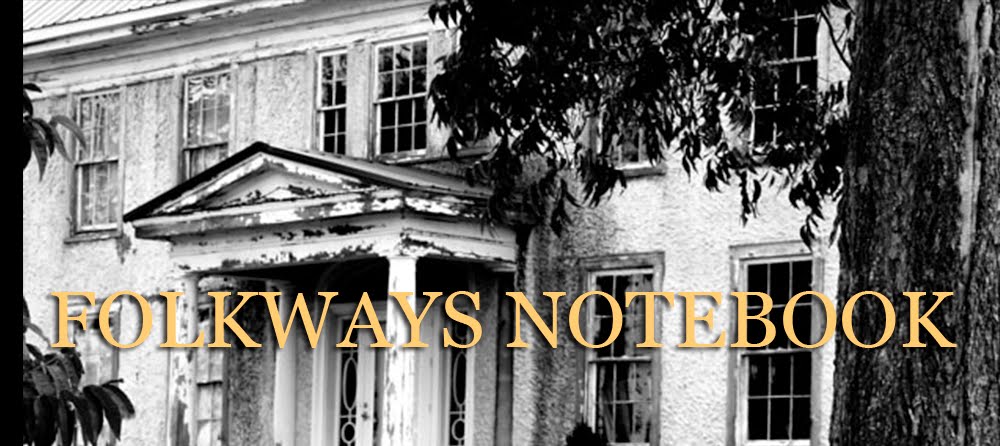 KENTUKY BLACK BARN WITH QUILT SQUARE
KENTUKY BLACK BARN WITH QUILT SQUAREI took this photo about a month ago. I was out riding along HWY 21 in Madison County when I spotted this distinguished, well kept barn. So many of the barns in this area are having a difficult time staying in good repair. Some actually falling to the ground for their final resting place -- and with that loss the disappearance of cultural stories. I feel barns have moods, depending on the weather conditions and their state of health. Above the substantial, blackened barn is wrapped in the cool, misty day reflecting a lightness upon the land.

Oh, yes! The collapses are more numerous after this past harsh winter. I've seen several that crashed under the weight of all that snow. So sad. I've read quite a lot about barn construction. The traditional designs suggest that farmers did quite a bit of work inside barns during foul weather in times past. In fact, barns used to house animals during the winter, but it was discovered that livestock did better staying outside (healthwise) than they did inside the barn (respiratory diseases were common when animals were housed in barns); so gradually, over time, the uses for barns--other than hay and fodder storage--declined, and the barns became nothing more than shells, as opposed to a cozy caverns for both humans and animals. I'm not sure about horses, but I know it's true for cattle. Also, today's livestock farmer, with mechanization, keeps far more individuals than used to be the case. Our neighbor, for example, has (guessing, now)at least 300 cows. Obviously "barning" them would be impossible. By contrast, an "all-around" farm in the 30's and 40's had a variety of farm animals, with a mixed complement of pigs, milk cows, beef cows, etc. and far fewer in numbers. Tasks such as milking tookk place in the barn. Today, farmers specialize, even in what "type" of beef operation they have...is it a cow/calf; or "feeders" or ? We have gone from stately and small to humongous and sprawling! Lost in the march of "progress" is the need for having a barn, except as a shed for equipment, or hay.
ReplyDeleteLovely photo, Barbara! Thank you for this reminder of life as it used to be!
Elora
A wonderful picture, the mistiness is very provocative. I wonder if there are other barns in the area with quilt patterns. I'm sure you know that in some areas it's a "thing" to draw tourists.
ReplyDeleteThank you, June and Elora, for your insightful comments -- early barns are a species onto themselves. Unfortunately they are slowly leaving the landscape. There are preservationists out there that are doing a great job on preserving many of them through re-adaptation of use.-- barbara
ReplyDeleteI'm learning so much about barn quilts and the history of barns, the first commentator was a tremendous help in teaching history about barns. Loved it! Mel's Cabin blogspot visited your site.
ReplyDeleteMel -- Vintage barns have a fascinating history. Elora, the blogger at the top of this section, has a great blog about sustainable farming. She is very knowledgeable on its working ways. Her blog is titled: Just Off The One Lane Road and the address is: http://justofftheonelaneroad.blogspot.com/
ReplyDelete-- barbara
May I use your sweet barn photo and feature the black barn in my post about Barn Quilts? It adds so much more to my post...love Barn Quilts and the meaning of them. Mel
ReplyDeleteMel -- Please feel free to use some of my barn photos for your post. Please give credit for each as -- Source: Folkways Notebook.
ReplyDeleteThank you -- barbara